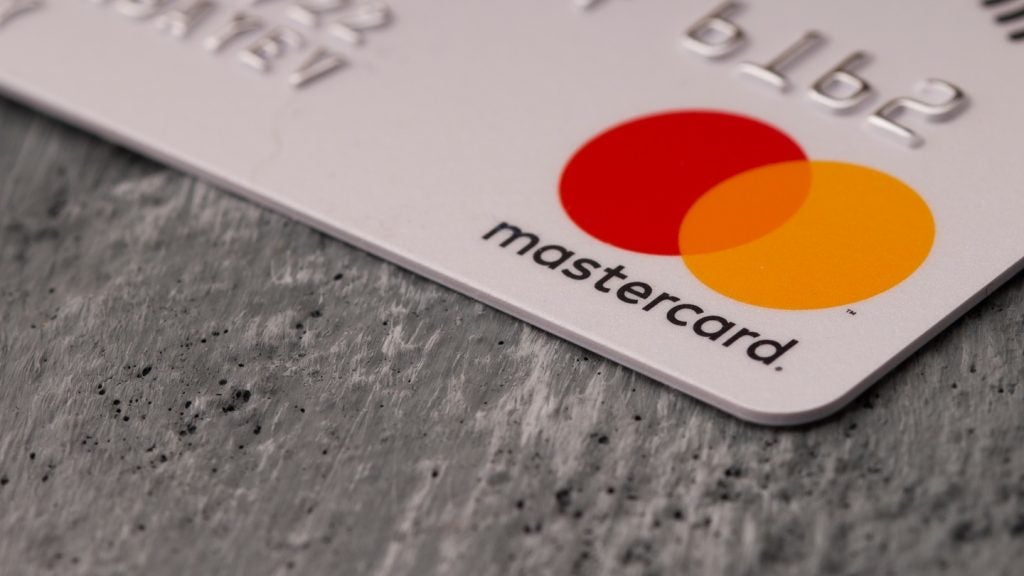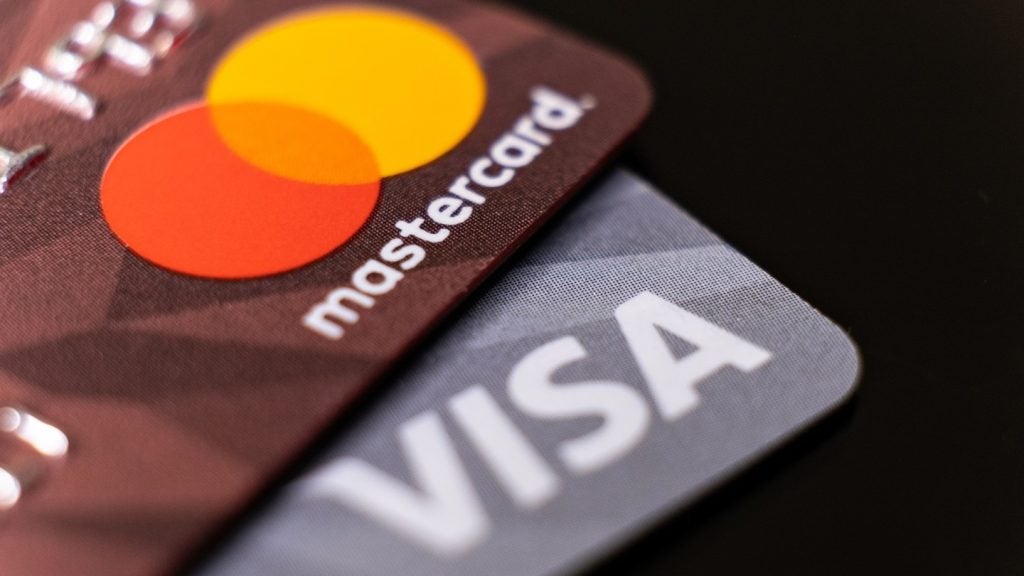BB&T’s new prepaid
offering costs a little more upfront but a lot less at point of
sale. The company sees the product as a real opportunity to capture
an emerging underbanked segment being squeezed out, as banks are
forced to place restrictions on current accounts and their debit
cards. Charles Davies reports.
Aiming squarely at the
looming regulatory crackdown on debit card swipe fees, BB&T
Corp is launching a prepaid card alternative that costs a little
more upfront but a lot less at the point of sale.
BB&T’s prepaid launch is
timed to hit the market just as US banks begin dealing with the
loss of massive amounts of debit card revenue under pending limits
on so-called swipe fees they earn from merchants.
Prepaid cards, which function
like a regular debit card, are exempt from the proposed fee limits.
BB&T sees a real opportunity to capture an emerging underbanked
segment likely to be created as institutions place restrictions on
current accounts and the debit cards they spawn.
BB&T will square off with
a number of third-party providers that have marketed to the segment
through retail stores in recent years, including NetSpend and Green
Dot. These are entrenched competitors who have built huge customer
bases in large part by positioning themselves as low-cost
alternatives to bank products.

US Tariffs are shifting - will you react or anticipate?
Don’t let policy changes catch you off guard. Stay proactive with real-time data and expert analysis.
By GlobalData
Alternative
channels
BB&T is focusing on offering
its prepaid card, called MoneyAccount, through its branches and
online but may look to sell through alternative channels, such as
other financial services companies and retailers.
The BB&T MoneyAccount
offers free PIN and signature-based purchases anywhere Visa debit
is accepted worldwide, as well as free transfers to or from other
BB&T accounts. It gives the cardholder access to free online
banking and bill payments, free mobile banking and alerts. The card
is covered by FDIC insurance and BB&T Complete Client
Protection for unauthorised purchases if the card is lost or
stolen.
The $10 monthly fee the card
carries is slightly higher than what some other prepaid cards
charge but BB&T does not charge for many of the services
competitors do, such as ATM balance inquiries at BB&T ATMs and
some point of sale transactions. The fee can be lowered to $5 per
month for customers who load at least $1,000 every
month.
The new restrictions on debit
card revenue are likely to squeeze a whole new swathe of borderline
checking customers out of banks altogether, as fees and minimum
balances increase.
Under rules proposed by the
Federal Reserve Board in December, debit card fees would be capped
at 12 cents per transaction, compared with a current average of 44
cents per transaction. The rules could reduce debit card revenue by
$9bn to $12bn, according to various estimates.
Banks that develop in-house
prepaid products can regain some of that lost revenue and also
stave off further encroachment by prepaid specialists like Green
Dot, which has confirmed in recent weeks it is in active
discussions with a number of banks to manage their prepaid card
programmes.
Meanwhile, Green Dot’s main
rival, NetSpend Holdings, is also working with banks to broaden its
distribution network beyond retailers and cheque cashers. The
company has announced its first bank deal with First State
Community Bank, a subsidiary of the Farmington, Missouri-based bank
holding company First State Bancshares.
Then there is the looming
threat of Walmart, the nation’s largest retailer, which began
offering prepaid Visa-branded debit cards four years ago, and also
offers money transfers, bill pay services, credit cards and
in-store cheque cashing.
BB&T says the prepaid
account “is designed for individuals who do not qualify for a
traditional checking account”.
“Nearly 60m Americans do not
have a bank account today or they are underbanked,” says BB&T
senior vice-president Scott Qualls. “The BB&T MoneyAccount is a
prepaid solution that provides our clients with a secure and easy
way to access their funds. It also features a simple, transparent
fee structure.”
Vendors are making it easier
for banks to get into the prepaid business as well. Hewlett-Packard
recently launched a new service that provides banking clients with
a secure self-service payment delivery solution for prefunded
cards.
The company’s Prepaid Card
Services provides banks with a platform that provides a single view
of the portfolio, standardising back-office operations across
products while allowing banks to provide card-based payment
services regardless of a consumer’s credit eligibility.
An inventory management
system enables banks to deploy cards that contain no value until
assigned and activated, while a logistics management function
tracks inventory levels, automatically reorders and dispatches
cards when they are needed.
Prepaid cards also are
penetrating new consumer markets in the US. Research from the US
consultancy Aite Group indicates older consumers are increasingly
using reloadable prepaid debit cards.
A survey of US consumers in
December 2010 found 35% of Generation Y consumers – born after 1980
– had used a prepaid card to make a purchase during the fourth
quarter of 2010. The study also found that 30% of Generation X
consumers – born in the 1960s and 1970s – had done so
too.
“Compared to the percentage
of the overall population these two generations comprise, they
represent a disproportionately high percentage of the demand for
new banking products,” wrote Ron Shevlin, Aite’s senior analyst and
the report’s author.
Three
strategies
Banks introducing prepaid cards
as primary payment cards would likely avoid unwanted customer
behaviour resulting from new debit and current account fees, the
report said.
“Discouraging the use of
debit cards among current-account holders, for example, will result
in the increase in the use of cheques, cash and/or credit cards,”
Shevlin wrote.
Aite recommends banks
concentrate on three strategies when introducing prepaid cards to
customers: segmenting customers based on card-based transaction
volume; limiting fees to the ‘moderate-transactor’ segment; and
bundling prepaid cards with current account options to start
changing customer behaviour.
In conclusion, the report finds banks can recoup 20% of
anticipated lost debit interchange by marketing prepaid cards to
their customers.








